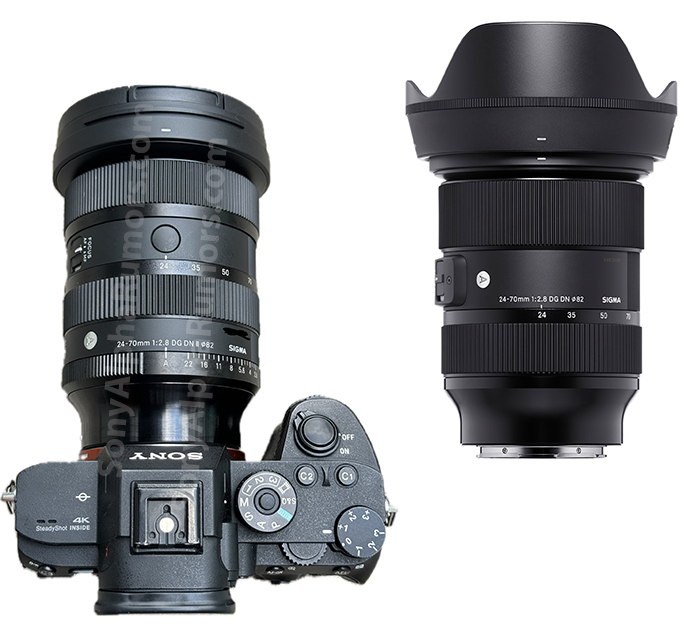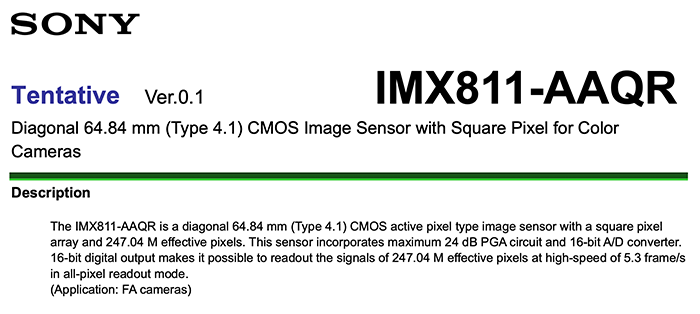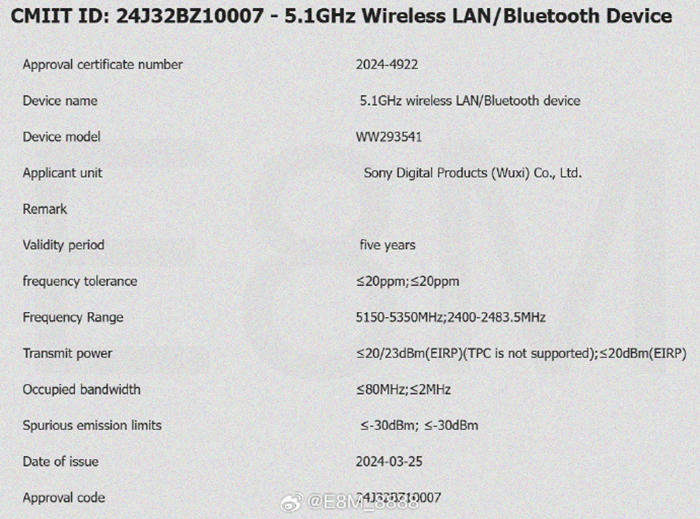Dpreview Awards for the Sony A7sIII, 20mm f/1.8 and 12-24mm GM
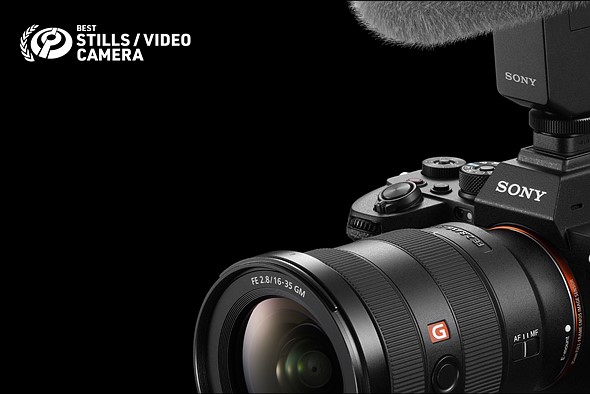
Best Hybrid camera: Sony a7S III (Adorama. BHphoto. Amazon. FocusCamera. Fotokoch. Calumet DE. WexUK. Park UK.)
Instead of chasing headline specs, Sony told us its priorities for the a7S III centered around reliability. In that spirit, it stuck with a 12MP sensor to capture native 4K, but its an all-new BSI sensor with dual gain architecture and fast rolling shutter performance. As a result, the camera can capture 4K/60p using the full width of its sensor, and up to 4K/120p with a slight (1.1x) crop, all in 4:2:2 10-bit color.
The a7S III also benefits from updated codecs, including a new All-I ‘intra-frame’ option, 16-bit Raw video output over HDMI, and dual-twin card slots that support both SD and CFexpress Type A. It’s also the first a7-series camera to feature a fully articulating screen in addition to Sony’s class-leading AF system, and it can record 4-channel audio with a new XLR adapter. the a7S III’s biggest drawback is that it’s stuck at 12MP for stills. Native 4K may result in slightly less detail than the oversampled video found on competitors, but it’s still the most impressive stills/video hybrid we’ve seen this year unless you really need more than 4K resolution.
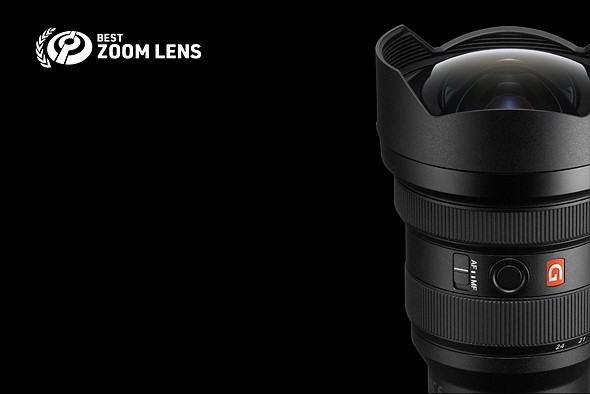
Best Zoom: Sony 12-24mm f/2.8 GM (Amazon. BHphoto. Adorama. FocusCamera CalumetDE. WexUK.)
In the end we couldn’t choose between the Nikon Z 70-200mm F2.8 VR S and this one. The Sony 12-24mm F2.8 GM is a very different kind of lens, but equally excellent in its way. Aimed at landscape and astrophotographers alike, it’s a lens that can replace a handful of primes thanks to its optical performance. It’s tack sharp wide open, and three extreme aspherical (XA), two Super ED and three ED (extra low dispersion) elements help the lens achieve little to no lateral or longitudinal chromatic aberration. Stars and city lights are faithfully rendered thanks to minimal coma, and the precision of XA element grinding ensures smooth bokeh with no onion-rings.
The Sony 12-24mm F2.8 GM is impressively lightweight at 847g, only 6.5% heavier than the compact Sigma 14-24mm F2.8 DG DN Art lens. It accepts rear-mount gel filters, and is fast to focus thanks to four extreme dynamic (XD) linear motors that allow it to keep up with the 20 fps frame rate of the Sony a9 cameras. A newer Nano anti-reflective coating allows for lower flare and ghosting. Video shooters will be pleased by the linear focus response, lack of focus breathing, focus shift, and axial shift while zooming.
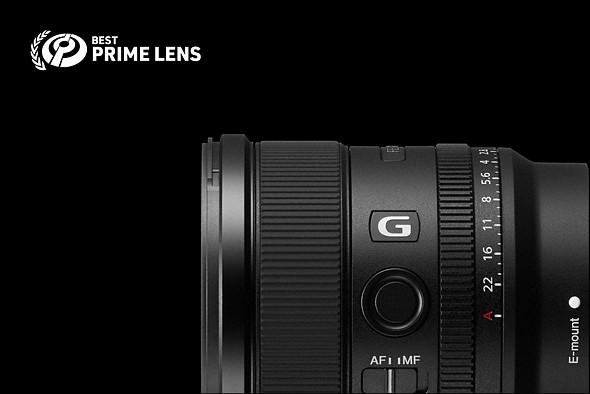
Best Prime lens: Sony FE 20mm F1.8G ( BHphoto, Amazon, Adorama. FocusCamera. Amazon DE, Calumet DE. Amazon UK)
The Sony 20mm F1.8G takes the top spot in our awards for prime lens of the year thanks to the fact that it’s nearly optically flawless. It’s sharp enough wide open to pair with the high-resolution 60MP a7R IV, with nearly no lateral or longitudinal chromatic aberration to speak of – particularly impressive for a lens of this type. Bokeh is smooth with no onion rings or bright edges. Nine aperture blades ensure smooth out-of-focus highlights even as you stop down, and for astrophotographers, there’s minimal sagittal flare or coma.
Autofocus is extremely speedy thanks to XD (extreme dynamic) linear focus actuators. Distortion and vignetting are also well-controlled and easily fixed in post-processing. The only flaw we can find really is a tendency to flare and ghost, but that’s excusable for a lens of this type and considering its lack of other optical aberrations.
As the most well-corrected lenses of this type that we’ve ever seen, the Sony 20mm F1.8G easily wins our prime lens of the year.
